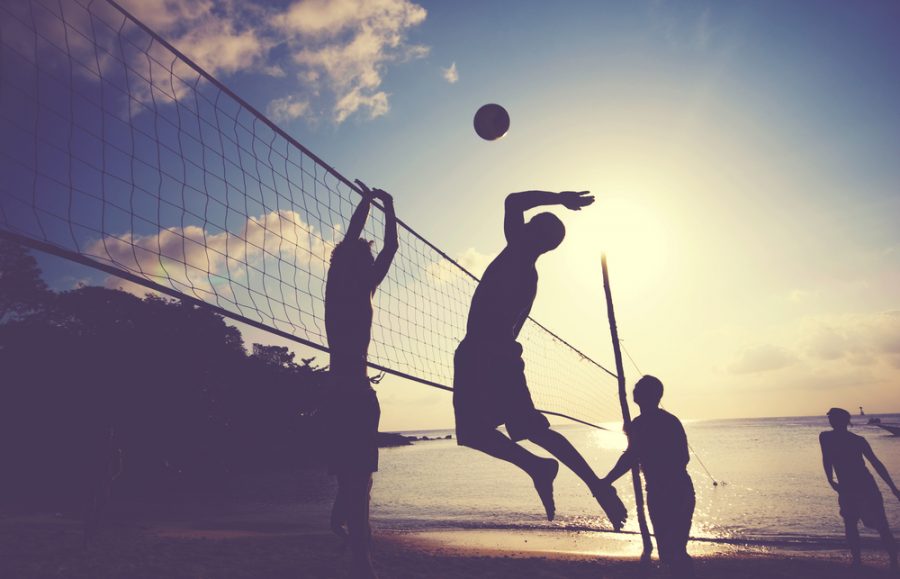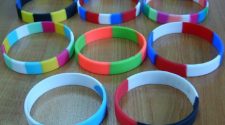Are you organizing for a volleyball season and you don’t know what to pack? Do you want your team to perform well on the court? Are you looking for the highest quality volleyball accessories and equipment? What equipment do you need to play a quality game?
Volleyball gear checklist.
Volleyball involves constant movement, accurate ball control, and team communication. You need to make the necessary preparation before you play the game. There are several essential volleyball equipment and accessories that are a must-have for the game. This checklist should help you pack any important volleyball accessory.
Equipment.
1. Ball.
This is the most essential equipment in volleyball. Without it, there is no game. You should consider quality, cost, durability, and playability. Leather is used to make indoor balls while synthetic leather is used to make outdoor balls. The type of ball you use is dependent on the activity you are attempting.
● To develop ball control techniques, use a smaller ball.
● To develop movement, use a lighter or bigger ball.
● To develop strength in the wrist, use a heavier ball.
● To develop a reaction, use a tiny ball.
2. Net.
To properly hang the net, you need two poles and a rope system. They come in different sizes and can be set at different heights depending on skill or age.
3. Ball trolley.
They are used to keep all the balls together. The coach can move around with the balls as he/she coaches.
4. Equipment bag.
This is used to store the various equipment and accessories in order. This helps the coach or player to transport equipment efficiently.
5. Scoreboard.
This is used to record the results of the game. It is a board attached with different colored papers showing the score of the different teams.
6. Protective gear.
a) Knee pad.
Protects the player’s knee against slides and falls. They help to prevent long term knee problems. They are available in thinner and heavy-duty sleeves.
b) Ankle sleeve or brace.
Supports the player during jumping and protects them from an ankle sprain. The brace should be stiff and a comfortable fit inside the shoes for protection.
c) Arm sleeves.
To protect the player’s forearm during the passing technique.
d) Mouthguards.
They protect the player’s lips, teeth, cheeks, and tongue.
e) Prescription googles.
This is recommended for players with an eye condition who wear glasses.
7. Volleyball training aids.
They help to enhance basic skills improving agility, vertical jumping, footwork, and much more. They include:
a. Serving aids.
They help to improve the consistency, power, and accuracy of serving. To improve your service game, it is good to have a ball basket loaded with balls for constant practice. They should have an adjustable velocity, release point, and spin.
b. Hitting aids.
They help the player to enhance the spiking technique by improving footwork and arm swing. The ball is held at a fixed position until when it gets struck.
c. Setting aids.
It improves the strength and accuracy of the setter.
Apparel and accessories.
1) Volleyball apparel.
It should be comfortable, lightweight, and moisture-wicking to keep the player dry. The polyester material is preferred compared to cotton. This is because polyester is permeable and has a moisture-wicking material. The shorts should be padded to protect the player’s hips when diving for the ball. Each team has a different color of jersey to help distinguish the teams.
2) Shoes.
They should be lightweight and provide great traction on the court. The soles should be made of rubber to support regular side-to-side movements. They should have extra padding for comfort. They should fit the player perfectly. Big shoes will cause blisters while tight shoes will cause bruising and pain in the toe.
3) Headband or hair ties.
They help to hold long hair in place and out of the player’s face.
4) Ball pump.
A volleyball can deflate due to constant use or temperature change during transportation. A pump is used to fill the ball with air. A good pump should have a flexible tube attached to prevent needles from snapping off in the ball.
5) Water bottle.
Staying hydrated helps to keep the player alert, prevents muscle cramps, and helps in post-game recovery.
6) Athletic tape.
It protects the player’s finger from injury when they hit the ball. It offers more strength when playing.
Conclusion.
Volleyball can be played in various places and requires basic equipment. It is always important for the players to have all the tools they need for the game. This checklist helps the players to stay organized and prepare well for the volleyball season. You should always consider several aspects like available space or safety before deciding what to pack and what not to.
















